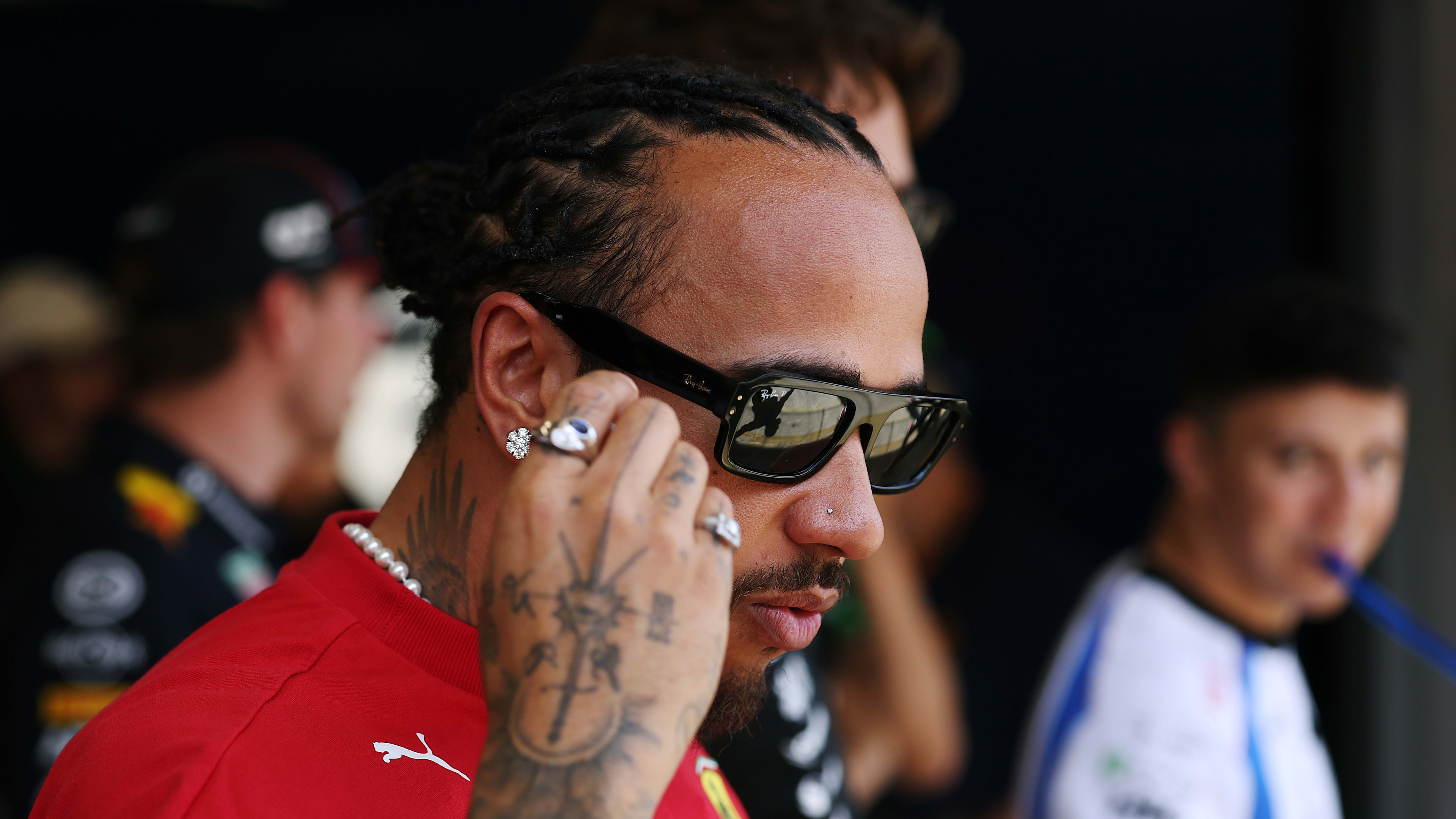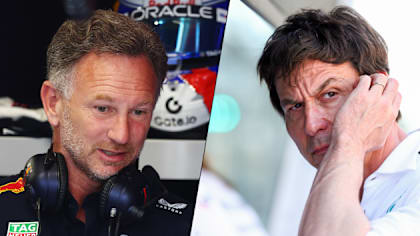
Feature
STRATEGY GUIDE: What are the possible race strategies for the 2022 Australian Grand Prix?
Share

After two years off the calendar, this weekend the Australian Grand Prix is back, much to the delight of the fans who have been packing out the Melbourne grandstands. But what kind of race will they see on Sunday? Let’s take a look at the options available to the teams and drivers when the action gets under way at Albert Park…
What’s the quickest strategy?
For the first time since Melbourne began hosting the Australian Grand Prix in 1996, the track has had an upgrade, with five corners having been significantly widened and given camber changes – including Turns 1, 3 and 6 – while the chicane in Sector 2, which made up Turns 9 and 10, has gone.
The result is that lap times have come down by around three seconds – and overtaking should be easier. That could mean the traditional one-stopper is not as ubiquitously used throughout the field, as track position may not be as all-important as in the past.
Despite that, the quickest option does still look like being a one-stop, starting on the medium tyres and then switching to the hards, ideally any time between Lap 17 and Lap 27.
The circuit has also been resurfaced for this year – and the teams will be keeping a close eye on how the new, smooth asphalt evolves and affects graining as the race goes on, which could also affect the strategy, as we shall explain.
)
How about a different option for the top 10?
Although a medium to hard one-stop strategy is the quickest, that is closely followed by a two-stopper, starting on the medium, switching to the hards a littler earlier (between Lap 12 and Lap 17), then returning to the medium for a final stint at around Lap 40.
And that could actually become the optimal strategy if the new track surface is graining the medium tyre at a faster rate than expected.
It’s unlikely anyone will start on the soft tyre – which is two steps softer than the medium at this race – because the degredation is expected to be so high on that compound. But the soft could come into play should there be a Safety Car. Four out of the last six races in Melbourne have seen Safety Cars, and the tight confines of the track means a crash is always a possibility, as we’ve seen throughout practice and into qualifying.
Should Bernd Maylander be called upon, that could trigger a host of drivers switching to a two-stop, and could see the soft tyre used, if it’s near enough to the end of the race.

What are the options for the bottom half of the field?
The final option is a two-stopper, starting on the medium, switching to the hard around Lap 15, and then stopping again for another set of hards around Lap 35 – five or so laps earlier than the medium-hard-medium strategy.
That could come into play for any driver stuck behind a slower car and trying to pull off an undercut.
READ MORE: ‘I could have fought for pole’ – Alonso left ruing costly qualifying crash at Albert Park
)
Wait, but what’s the weather doing?
Race day will see very similar conditions to qualifying – namely partly cloudy but with sunny spells, though there is a 20% chance of rain.
The drivers were suffering from the low sun on Saturday, with many of them asking their teams for darker visors to help with vision, and this could be a factor again in the race.
It will be a similar temperature to Saturday with highs of 24 Celsius, but it will be windier, and the drivers will have to be careful of strong gusts as they navigate the circuit – especially where the barriers line the track.
)
Tap here to find out more about F1 TV, including enhanced race coverage, exclusive shows, archive video and more.
YOU MIGHT ALSO LIKE
News Hadjar declares points run in Spain ‘a lot of fun’ as Racing Bulls team mate Lawson reflects on factor that ‘screwed’ him
News DRIVER OF THE DAY: Verstappen's battling Barcelona drive earns your vote
NewsF1 Unlocked WIN OFFICIAL F1® THE MOVIE PRIZES WITH F1 UNLOCKED
News Horner and Wolff share their views on controversial Verstappen/Russell clash at end of Spanish GP




